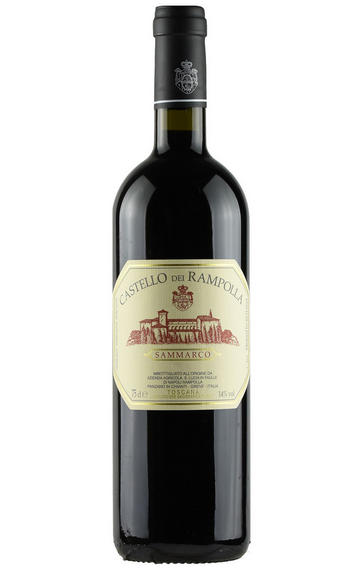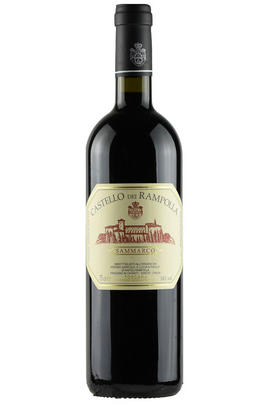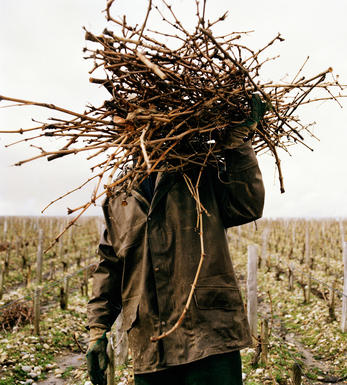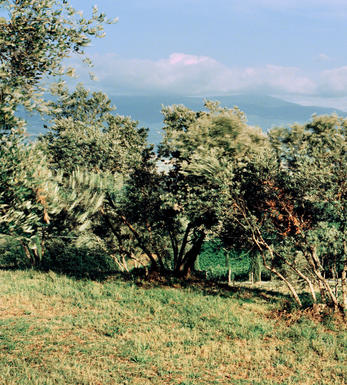
2016 Sammarco, Castello dei Rampolla, Tuscany, Italy

Critics reviews
A blend of Cabernet Sauvignon, Merlot and Sangiovese, the Castello dei Rampolla 2016 Sammarco was held back for an extra year of ageing before its commercial release. In fact, I already reviewed the 2017 vintage last year because that wine is many times more accessible and immediate than this one. The issue at hand are the tannins, which remain very tight and grippy in this bottle.
That extra year in bottle has helped them to integrate, but this wine still has a very long way to go. Keep that in mind if you collect Sammarco. Despite that slight astringency, this is a wine of courage and vision. It shows expertly measured fruit weight and lots of lively intensity on the bouquet.
Castello dei Rampolla farms according to organic and biodynamic principals, and it has done so for three decades, although I'm not sure all the bottles show proof of certification.
Drink 2024 – 2045
Monica Larner, Wine Advocate (October 2021)
About this WINE

Castello dei Rampolla
Castello dei Rampolla’s pedigree and roots are firmly entrenched in the Super Tuscan category. The estate dates back to the 13th century and has remained in the hands of the Di Napoli family since 1739.
Inspired by the success of Sassicaia, Alceo Di Napoli made the decision to plant Cabernet Sauvignon and Sangiovese vines in 1965. In these early years, grapes were sold onto Piero Antinori, as he gathered the fruit for the first vintages of Tignanello. The first Castello dei Rampolla vintage was launched in 1980 to great success. In part, this was thanks to the watchful eye of Giacomo Tachis, an oenologist who had previously consulted on Sassicaia during its ascent to fame.
Production is tiny, spanning anywhere from 8,000 to 25,000 bottles a year dependent on the vintage. But, among those lucky enough to taste them, the Castello dei Rampolla wines have garnered an impressive reputation for their bold, nuanced style and propensity to age gracefully.
Winemaking at Castello dei Rampolla is minimalist, and current owner Luca Di Napoli made the move to biodynamic practices in 1994, three years after taking over from his father. Luca is also implementing a gentler oak regime, and has credited his wines’ jump in quality to this.

Tuscany
Responsible for only 6 percent of Italy's total wine production in 2006 (half that of the Veneto) Tuscany may not be a heavyweight in terms of quantity, but as the home of two of the country's most famous fine wines - Chianti and Brunello di Montalcino - it certainly holds its own in terms of quality.
Tuscany is Italy's most ancient wine region, dating back to the 8th century BC when the Etruscans developed the area in parallel with the Greeks, before ceding to the Romans. Along with building roads and sewers, they developed the region's viticultural potential, using wood for winemaking rather than amphorae, and passing their expertise onto their French neighbours. With the demise of Rome in the 5th century AD, the Longobards established Lucca as the capital of what was then known as Tuscia. Florence and Siena became banking and trading hubs during the Middle Ages, with Chianti – then a white wine – first documented in the 14th century.Tuscany passed from the Medicis to the Habsburgs as part of the Holy Roman Empire, and then onto the Austrian Empire before becoming part of a reunified Italy in 1861. The quality of Chianti was first recognised by the Grand Duke of Tuscany, Cosimo III, who classified its finest areas in 1716.
Located in the west-central part of the country with the Tyrrhenian Sea lapping its coastline, Tuscany's climate ranges from Mediterranean on the coast to continental deep in the Apennines. More than two thirds of the province is covered with hills, an important terroir factor in the production of fine Tuscan wine. The finest such areas are Chianti Classico, Chianti Rufina, Brunello di Montalcino, Vino Nobile di Montepulciano, Morellino di Scansano and Bolgheri. Sangiovese (in its various clones) is the black grape of choice.
Recommended producers: Valgiano, Caiarossa, Villa Calcinaia, Bibbiano, Badia a Coltibuono, La Serena, Scopetone, Lisini, Sesti, San Giuseppe, Cerbaiona.

Sangiovese
A black grape widely grown in Central Italy and the main component of Chianti and Vino Nobile di Montepulciano as well as being the sole permitted grape for the famed Brunello di Montalcino.
It is a high yielding, late ripening grape that performs best on well-drained calcareous soils on south-facing hillsides. For years it was blighted by poor clonal selection and massive overcropping - however since the 1980s the quality of Sangiovese-based wines has rocketed upwards and they are now some of the most sought after in the world.
It produces wines with pronounced tannins and acidity, though not always with great depth of colour, and its character can vary from farmyard/leather nuances through to essence of red cherries and plums. In the 1960s the advent of Super Tuscans saw bottlings of 100% Sangiovese wines, as well as the introduction of Sangiovese/Cabernet Sauvignon blends, the most famous being Tignanello.


Buying options
Add to wishlist
Description
A blend of Cabernet Sauvignon, Merlot and Sangiovese, the Castello dei Rampolla 2016 Sammarco was held back for an extra year of ageing before its commercial release. In fact, I already reviewed the 2017 vintage last year because that wine is many times more accessible and immediate than this one. The issue at hand are the tannins, which remain very tight and grippy in this bottle.
That extra year in bottle has helped them to integrate, but this wine still has a very long way to go. Keep that in mind if you collect Sammarco. Despite that slight astringency, this is a wine of courage and vision. It shows expertly measured fruit weight and lots of lively intensity on the bouquet.
Castello dei Rampolla farms according to organic and biodynamic principals, and it has done so for three decades, although I'm not sure all the bottles show proof of certification.
Drink 2024 – 2045
Monica Larner, Wine Advocate (October 2021)
wine at a glance
Delivery and quality guarantee